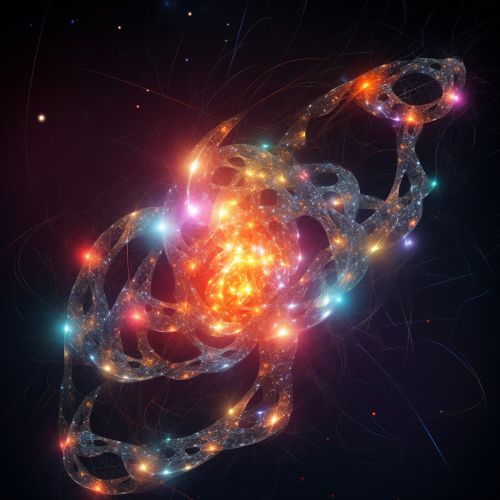The Physics of Quantum Cryptography
Introduction
Quantum cryptography, a branch of quantum computing, is a technique that uses quantum mechanics to secure communication. It enables two parties to produce a shared random secret key known as a quantum key that can be used to encrypt and decrypt messages. The security of these transmissions is based on the principles of quantum mechanics, which differ significantly from classical physics.


Quantum Mechanics and Cryptography
Quantum mechanics is a fundamental theory in physics that provides a description of the physical properties of nature at the scale of atoms and subatomic particles. It introduces concepts such as superposition and entanglement, which are key to understanding quantum cryptography.
Superposition
Superposition is a principle of quantum mechanics that holds that any two (or more) quantum states can be added together ("superposed") and the result will be another valid quantum state. In the context of quantum cryptography, superposition allows quantum systems to exist in multiple states at once, enabling the creation of quantum keys that are far more complex than classical keys.


Entanglement
Quantum entanglement is a physical phenomenon that occurs when pairs or groups of particles interact in ways such that the quantum state of each particle cannot be described independently of the state of the others. This correlation between entangled particles is maintained, even when the particles are separated by large distances. In quantum cryptography, entanglement is used to create a secure link between two parties.


Quantum Key Distribution
Quantum Key Distribution (QKD) is a secure communication method which implements a cryptographic protocol involving components of quantum mechanics. It enables two parties to produce a shared random bit string known as a secret key, which can be used to encrypt and decrypt messages.
BB84 Protocol
The BB84 protocol, named after its inventors Charles Bennett and Gilles Brassard and their proposal in 1984, is the first and most well-known quantum key distribution protocol. It uses the principles of quantum mechanics to guarantee secure communication. It provides a method of generating and distributing a secret key that can be used for private communication.


E91 Protocol
The E91 protocol, proposed by Artur Ekert in 1991, is another quantum key distribution protocol. Unlike BB84, which is based on the principle of superposition, E91 relies on the phenomenon of quantum entanglement.


Quantum Cryptography vs Classical Cryptography
Quantum cryptography differs from classical cryptography in several key ways. Classical cryptography relies on the computational difficulty of certain problems for security, while quantum cryptography relies on the laws of quantum mechanics.


Applications of Quantum Cryptography
Quantum cryptography has potential applications in various fields, including secure financial transactions, secure political voting systems, and military communications.


Challenges and Future Directions
Despite its potential, quantum cryptography also faces several challenges, including technological limitations, security concerns, and the need for standardization. However, ongoing research and development efforts continue to push the boundaries of quantum cryptography.


